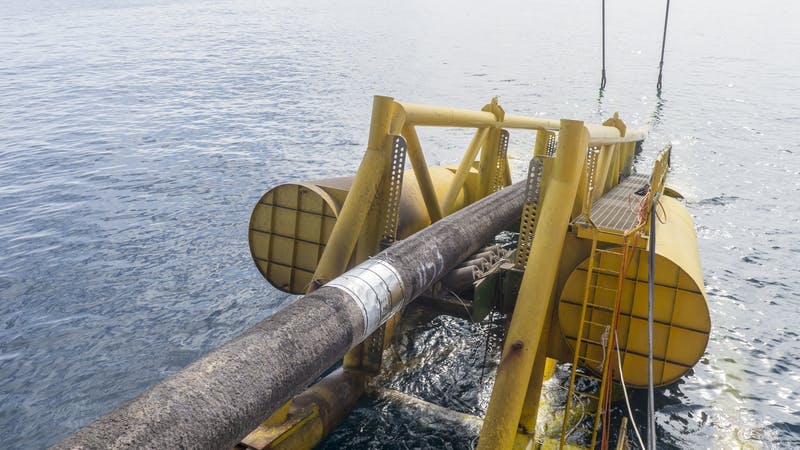### Recent Project FIDs Triggering a Pipeline Revival in the U.S. Gulf of Mexico
By Expert in Oil and Gas Industry

The U.S. Gulf of Mexico is witnessing a significant surge in pipeline projects, driven by recent Final Investment Decisions (FIDs) from key energy companies. This renewed activity in pipeline infrastructure is set to transform the region’s oil and gas landscape, enhancing transport capacity and efficiency.
#### Major Projects Driving the Revival
One of the primary catalysts for this pipeline revival is **bp’s FID for its Kaskida field development project**. BP’s decision to move forward with Kaskida is not only significant for its potential oil reserves but also for the substantial investments required to support its development. The Kaskida project involves subsea tiebacks, new semisubmersible platforms, and advanced subsea production systems. These projects have led to an array of engineering and construction opportunities, including the design and construction of new oil and gas pipelines.
#### Shell’s Strategic Move
**Shell’s FID for its Sparta field development project** is another crucial factor in this pipeline revival. Sparta, a deepwater field owned by Shell and Equinor, will feature a semisubmersible production host in water depths exceeding 4,700 feet. This project has necessitated the development of new pipeline infrastructure. Shell has formed a joint venture with Enbridge, Oceanus Pipeline Company, LLC, to construct a 60-mile oil pipeline and a 15-mile gas pipeline. Both pipelines are expected to become operational in 2028, providing critical support for the Sparta field development.
#### Enbridge’s Strategic Involvement
**Enbridge has announced its plans to build the Canyon oil and gas pipeline systems**, catering to production from Kaskida and future potential fields. These pipelines, designed to transport 200,000 barrels per day of crude oil and 125 million cubic feet per day of natural gas, will connect to existing systems and onshore markets. The Canyon oil pipeline will originate from the Keathley Canyon area and deliver crude to Shell’s Green Canyon block 19 platform for ultimate delivery to Louisiana. The gas gathering system will run from Keathley Canyon and connect to Enbridge’s Magnolia gas gathering pipeline, then to its Garden Banks gas pipeline.
**Enbridge’s option to connect future production from bp’s emerging Paleogene portfolio** underscores the future-proofing of these pipeline investments. Both the Canyon oil








